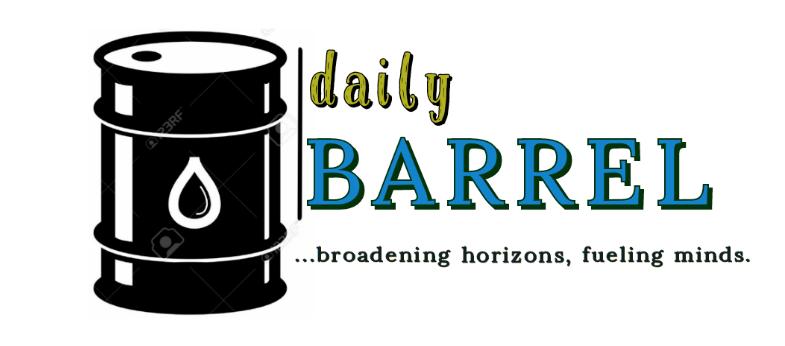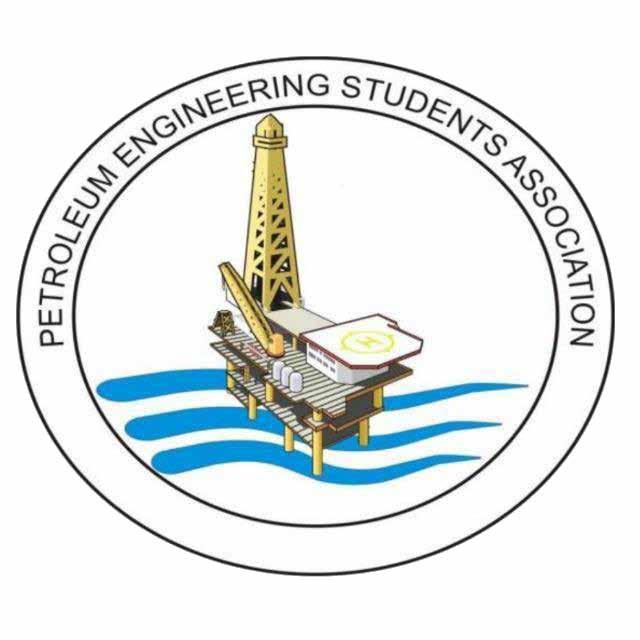
6 minute read
PANDEMIC AND THE INDUSTRY
Many industrial “oil gurus” in the oil and gas industry will have encountered a major down turn as oil prices have once again battered, this time due to the knocking down of demand linked with COVID-19 and the price war between Russia and Saudi Arabia. Many questions remain unanswered in the operations of the industry. What path lies ahead for the industry in the coming months and years? Will this down turn lead to a significant upturn of the industry or crash it to its lowest level of productivity? How is the industry coping with productivity as at now? Answers to majority of these questions remains veiled and left for the future. Is an industry traditionally thought of as resistant to change, properly equipped to deal with this crisis? Major impacts of COVID-19 leading to the historic down turn are as follows; Operational obstructions and supply chain risks Activities of the Oil and Gas industry are generally considered vital activities by governments and have in most countries being exempted from the measures stated for either total or partial lockdown. On the other hand, fervent operations will obviously become increasingly difficult as a result of workforce shortages as employees are infected by the corona virus and offshore workers have to balance maintaining social distancing while living and working in confined spaces; travel bans and quarantines inhibit companies’ ability to travel and conduct meetings; and the uncertainty that runs through the pandemic does nothing to reassure a historically volatile industry.. Companies should, therefore, be prepared to operate skeleton crews to continue operations. Obstructions are expected in the areas of maintenance, inspection, repair and replacement of equipment and drilling activities. Operators will also need to consider: • third-party contractors who work on-site and the alignment of COVID-19 policies; and • the prospect of sealing off wells as a result of the reduced number of personnel on drilling rigs falling below the level required by health and safety regulations and the reasonable and
prudent operator standard. As regards supply chain disruption, thought beyond the initial supplier in the supply chain will be required to identify who has supply chain risk, as disruption among second-tier and third-tier suppliers could ultimately affect both service companies and operators. Reduced consumption of petroleum and its products The Covid-19 pandemic has shattered oil demand, sunk prices and is posing a significant risk for those involved in oil extraction and processing. Many countries have closed down their borders, either by land, air or sea. Moreover
Advertisement



partial or total lock down has being incurred on citizens as a measure to decrease the spread of the virus. All forms of media in the world are embarking on the policy, “Stay Home, Stay Safe”. This policy deters citizens from internal migration. Petroleum products such as aviation fuel, diesel, kerosene, petrol, are all in low demand due to the measures enlisted above. As the economic saying goes, the higher the demand of a product, the higher its price. This has caused a drastic decrease in the price of oil in the industry. Borrowing base financing facilities The huge fall in the oil price will put many upstream producers into default under their borrowing base facilities at the next borrowing base redetermination. Producers may be sheltered from the risk of payment default for as long as any commodity price hedges remain in place and are in the money. Lenders will have to decide whether to either: • waive the default (typically as part of a debt restructuring on the basis of “amend and extend”); or • Enforce their security rights. In light of the 2014/15 price slump, given the practical difficulties and risks associated with enforcement, we expect lenders to opt for the former in most circumstances. Banks have strengthened their balance sheets significantly since the 2008 financial crisis, which may give them more scope to support borrowers through this period. Conversely, those banks looking to reduce their exposure to the resources sector, in response to the climate change emergency and the energy transition, may look hard for an exit from distressed loans. Conclusion Volatility has always been a challenging element of the oil and gas market but has rarely been more extreme than it is today. COVID 19- led disruptions to demand, combined with its dramatic impact on financial markets, have led to rapid price swings. Energy research firm Rystad Energy went a step further, predicting that a 25% decline in oil prices could see oil and gas investments cut by $30bn globally, severing an economic lifeline for an industry that has already been casting its eye toward long term decommissioning of projects rather than new drilling opportunities. As a result, the pandemic could prove to be an existential threat for the oil and gas industry, as social and economic challenges force a historically conservative sector to adapt to a rapidly changing environment. The impacts of COVID 19 will go down in history as major key factors leading to a historic down turn of the oil and gas industry. This is a blow to the face of the Oil and gas industry.
Emmanuel Agyei Dept. of Petroleum Engineering
KNOW?DID YOU

By EDITORIAL BOARD HEAD Emmanuel Sarpong
1.) Oil’s first use was for caulking – ruins from early Antiquity (5-6 000 BC) testify that Euphrates and Indus Valley civilizations built their houses with bitumen. Caulking their ships with bitumen logically followed soon afterwards.
2.) Both Tamerlane and Nadir Shah used camels laden with petroleum casks to frighten off Indian war elephants – once set on fire, the sight of fire made the elephants flee in panic.
3.) A first in Europe, oil exported from Venezuela in 1539 was used to treat the gout of Emperor Charles.
4.) People of the Caspian Basin used oil to cure their camels’ mange.
5.) Drilling was invented by the Chinese, using the cable tool percussion method, presumably during the 2nd millennium BC.
6.) The Chinese know-how of drilling found its way to Europe thanks to the Catholic missionary Father Imbert, whose 1828 description of salt drilling methods paved the way for the development of oil drilling as we know it now.
7.) In Medieval times, Caspian oil was transported in sealskin bags. (The Caspian seal was substantially more common back then, now it is an endangered species mostly due to radical habitat shrinking.) In other adjacent regions, sheepskin bags were used.
8.) The Giza pyramids were glued together with bitumen.

9.) Up until the early 20th century, oil was considered to be an excellent cure for diphtheria.
10.) Oddly enough, up to the First World War, airplane fuel was blended with castor oil, irritating pilots to the point of constant diarrhea.
11.) The first-ever oil tanker, Zoroaster, was sunk alongside six other ships near the Azerbaijani coast to create a platform for a new offshore field.
12.) Titusville, the birthplace of the U.S. oil industry, gave rise to a plethora of other products, too. Robert Chesebrough came here to look into how petroleum could be used and came up with the idea of producing the petroleum jelly, Vaseline.
13.) Chesebrough ate a spoonful of Vaseline every single day and lived until he was 96 years old.
14.) The first oil war was the Chaco War (1932-1935), which pitted Paraguay, supported by Royal Dutch Shell, against Bolivia, supported by Standard Oil. In the end, most of the Chaco region went to Paraguay.





